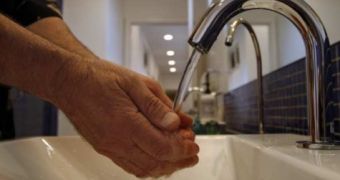Just yesterday, the US Environmental Protection Agency made it public news that, with the support of several American high officials, it will soon act to demolish the E.C. Electroplating building in Garfield, New Jersey.
Apparently, the Agency has no choice but to resort to such extreme measures, seeing how tests carried out in the area indicated that said building has been leaking significant amounts of highly toxic hexavalent chromium in the groundwater sources found beneath the residential areas in its proximity for quite some time now.
As explained by EPA representatives, not only will the E.C. Electroplating building be brought down, but some of the soil under it will also be removed, so as to make sure that the threats to public health are properly eliminated.
Because both a school, and a daycare center are located very close to the demolished site, EPA will be extremely careful with respect to how the dust resulting from its clean-up activities will be managed. Thus, air quality all throughout the demolition process will be closely monitored.
For the time being, the Agency is also planning to organize a meeting with members of the local communities, and should they approve of its plans, the demolition is expected to take place as soon as October.
For those unaware, exposure to hexavalent chromium is linked by scientists to cancer and nervous system damage, so odds are that locals will not shy away from offering their full support to the Agency.
According to EPA's official website, clean-up costs are likely to amount to $4 million (€3.23 million).
“The EPA has done a great deal of work since 2002 to reduce the health risks to the people who live and work in the area of Garfield affected by chromium contaminated ground water. Today we’re pleased to announce that we’re ready to take a step forward in the long-term cleanup of the Garfield Superfund site,” explained EPA Regional Administrator Judith A. Enck.
Although the people living close to this building rely on Garfield Municipal Water Supply for access to this natural resource, and therefore are not directly in contact with said contaminated undergrounds, it still comes as good news that this potential threat to public health will be properly dealt with.

 14 DAY TRIAL //
14 DAY TRIAL //